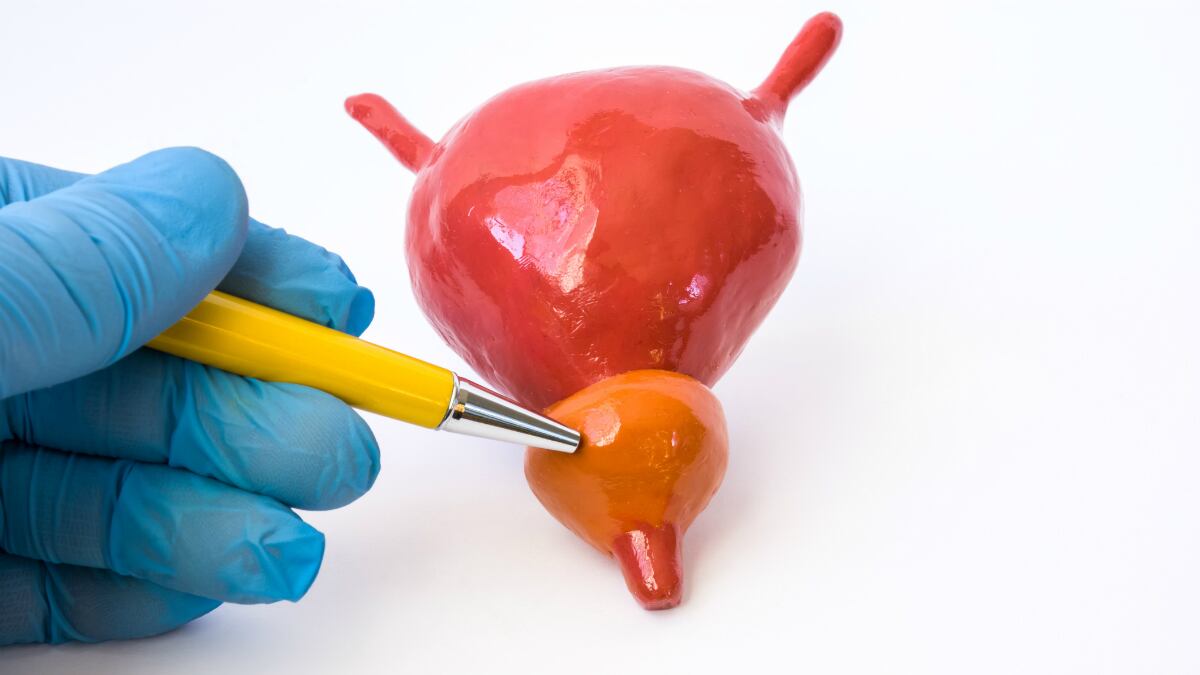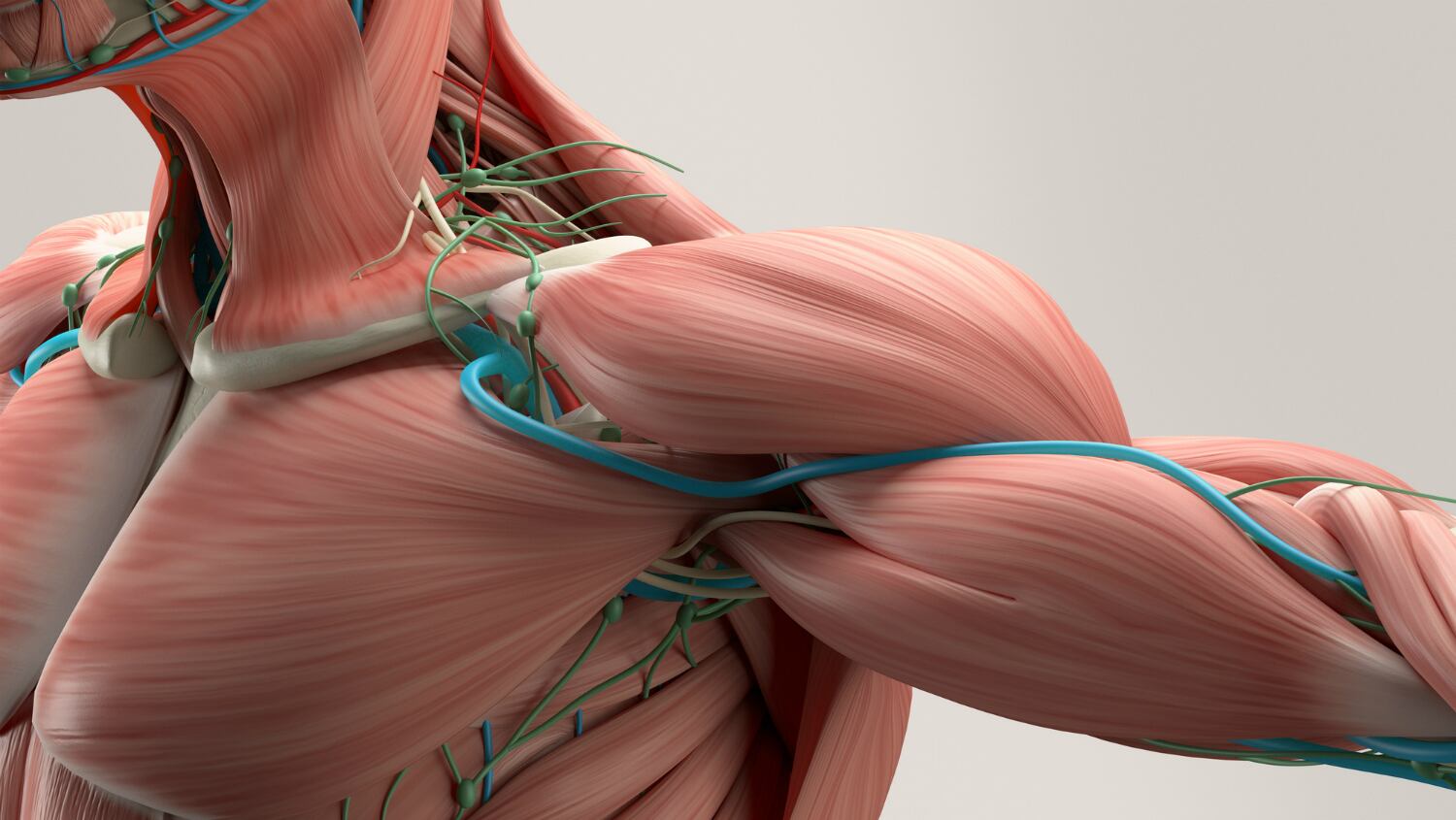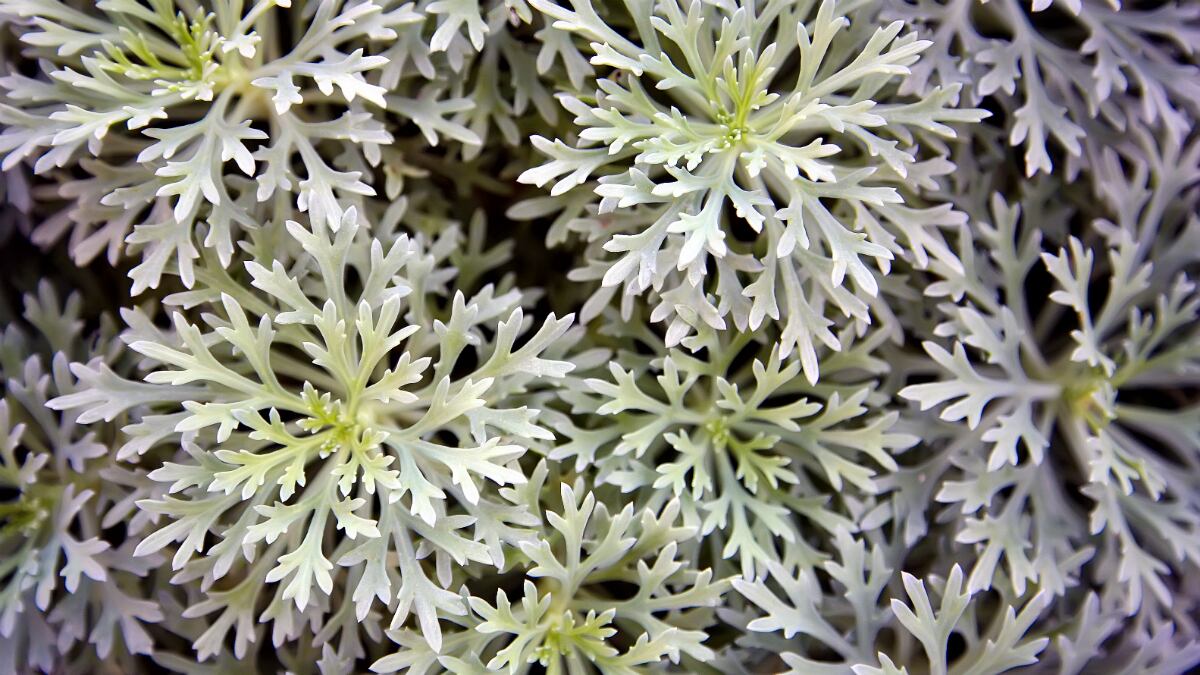The company recently published research on the male health benefits of the botanical formulation, based on results compiled by its natural product research group.
According to the research group, HX109 has therapeutic effects on BPH — also known as prostate gland enlargement — a chronic disease in older men that often involves painful lower urinary tract symptoms.
Androgen dysregulation is known to have a prominent part in the pathogenesis of BPH, which affects 50% of men aged 50 to 89 and 90% of men aged 90 and above globally, and 43% of men aged 70 and above in South Korea.
Drug downside
BPH patients are typically prescribed one of two drugs: 5α-Reductase inhibitors block the activation of testosterone, preventing further prostate gland enlargement and in some cases even shrinking the enlarged prostate gland. However, prolonged usage can lower sex drive and even cause erectile dysfunction.
Alpha blockers render the hormone norepinephrine inactive, relaxing the bladder and prostate muscles and thereby easing urination; they also help to lower high blood pressure. However, they do not shrink the enlarged prostate gland, and side effects include low blood pressure, dizziness, headaches and even fainting.
Botanical benefit
Based on this, ViroMed developed HX109 as a botanical alternative. The formulation consists of three plant materials traditionally used to treat urinary diseases: Taraxacum officinale (dandelion), Cuscuta australis (Australian dodder) and Nelumbo nucifera (Indian lotus).
The company's research team then conducted a study on rats, later publishing the results in the journal Nutrients.
The researchers prepared an ethanol extract from a mixture of the three plants, which was then orally administered to rats with prostate hyperplasia induced by testosterone propionate (TP)
Subsequently, they reported that HX109 effectively controlled prostate weight, and inhibited the secretion of prostate-specific antigens (PSA). The formulation also treated androgen and restricted the expression of certain androgen-regulated genes.
These effects were attributed to HX109’s modulation of the intracellular transcription factor (a type of proteins involved in the process of converting DNA into RNA), which activated intracellular calcium levels that in turn regulated androgen signal transduction.
Medicinal mechanisms
While the researchers said they had "not yet identified the compounds responsible for the observed effects of HX109 described in this study" they hypothesised that these effects might have been the result of the "complex actions of several components rather than the actions of one specific compound".
For example, flavonoids such as astragalin and quercetin in Cuscuta australis has been found to lower oxidative stress in various cell types, while 7-hydroxydehydronuciferine and dauricine in Nelumbo nucifera has been said to block the proliferation of prostate cancer and urinary tract tumour cells.
In their report, the researchers wrote: "It is possible that the combined actions of various compounds contained in HX109 resulted in an inhibition of prostate enlargement.
"Given the significant effects of HX109, further studies are warranted to identify the active compounds, or at least a fraction with concentrated bioactivity, from this botanical extract."
Cellular safety
The researchers also reported that in the in vitro cell culture system, HX109 controlled gene expression and proliferation mediated by androgen receptors (AR) by up-regulating activating transcription factor 3 (ATF3), calcium-modulated protein-dependent protein kinase kinase β (CaMKKβ), and intracellular calcium levels.
They added that a "long history of human use" had already established the safety of the plant material used in HX109, saying that "no toxic effects of HX109 have been observed in acute or repeated-dose toxicity studies involving rats and dogs".
This suggested that HX109 could potentially be a safe and efficacious therapeutic agent for BPH.
San Mi-won, director of ViroMed’s R&D centre, said, “The company plans to develop HX109 as natural medicine. It believes that HX109 is highly likely to become a safe and effective prostate hypertensive medicinal or functional food."
Read the full report here.



